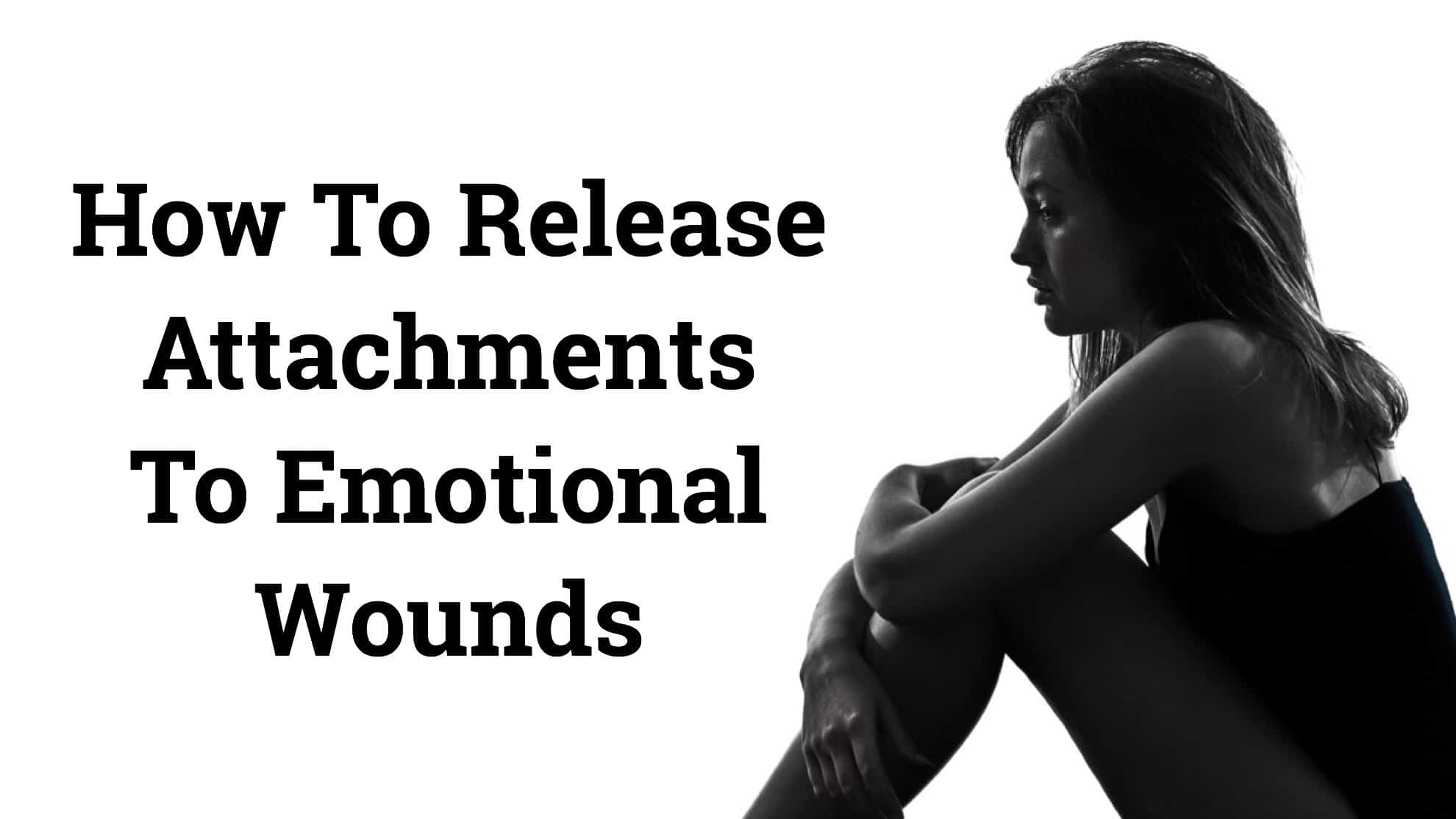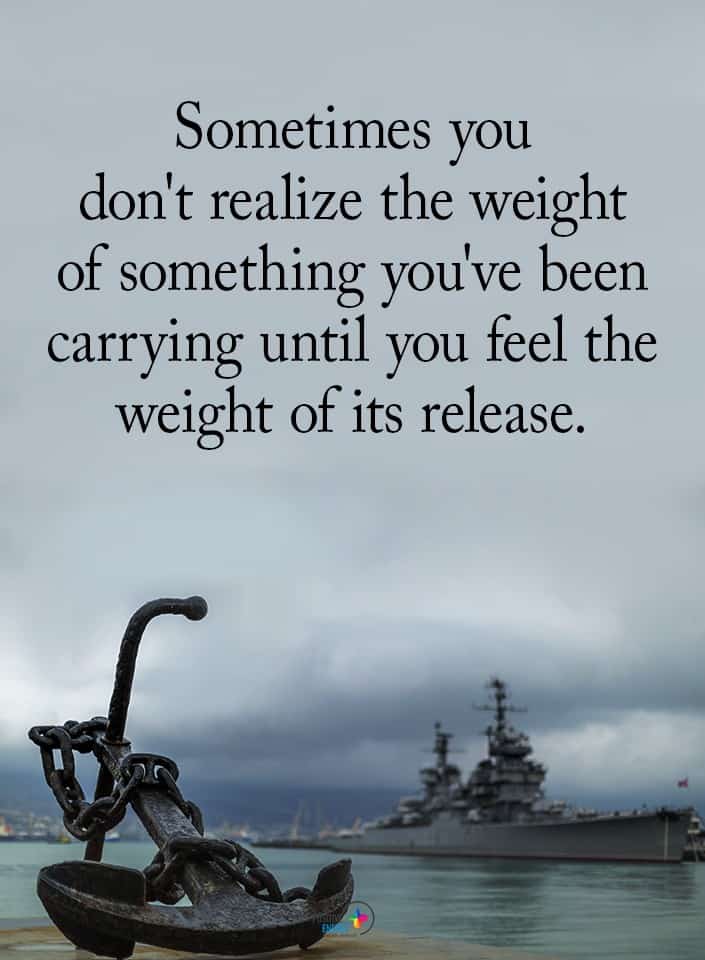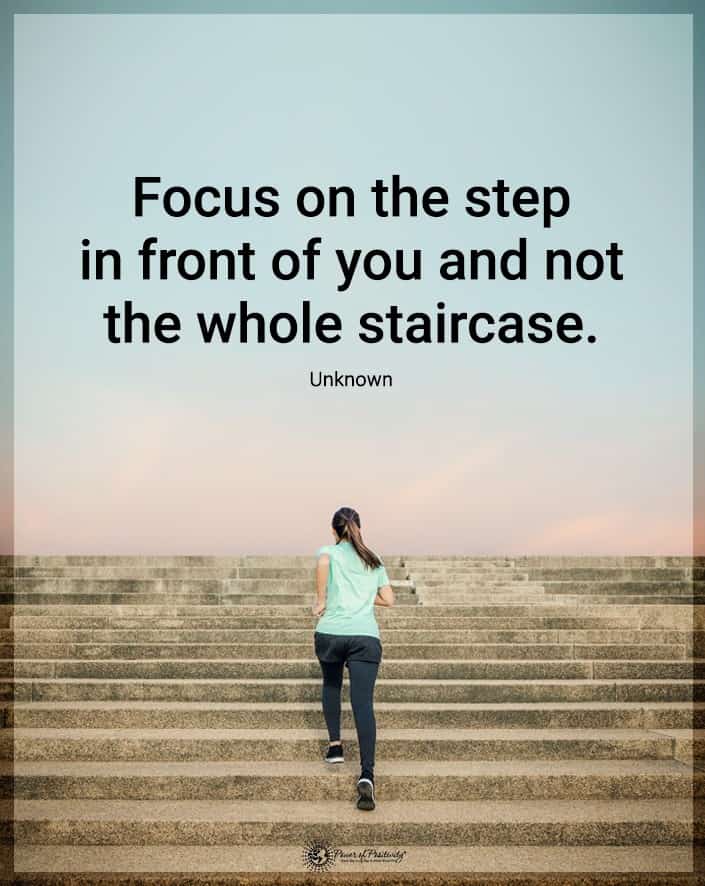Emotional pain is the attachment that holds us back from moving forward into a healthy life. These attachments block the way from creating a spiritual, emotional and physical connection with others. They are traumas that need to be pulled from the roots.
Here are 5 ways to release attachments to emotional wounds:
1. Clearing old thought patterns.
From the moment we are born, we are instilled with programming. Childhood is a time of learning and creating who we become in the future.
Spiritual healer and therapist Dan Sainsbury believes that in order to clear these old thought patterns, you have to be willing to approach them as if the issue is an entity itself. How and where do you feel the pain in the body? Speak to your soul and ask for the release of that particular issue. This is not a one-time technique. The deeper the thought pattern, the more difficult it is to release.
2. Dealing with limiting beliefs.
Self-worth embraces and feeds emotional wounds. Shifting from a negative belief to a positive one requires habit. This includes daily affirmations, mantras, and allowing yourself the ability to let go of control. Suppose you take an interest in someone but your limited belief system holds you back. Or you feel they might reject you. So you stop yourself from meeting that person. You are carrying past traumas of self-esteem and hurt.
Limited beliefs live in the subconscious. They are not at the level of awareness. You can alter these wounds by first ignoring the negativity, and then replacing the belief with a new awareness that you are worth it. It takes two positive thoughts to overcome a negative one.
3. Reprogramming the untruth to become your authentic truth.
Psychologists used to believe that reprogramming was just an emotional stimuli. Science has recently found that reprogramming will also be done via synthetic genetic devices that work on a cellular pathway controlling old forms and behavior. There is an “engineering of gene networks that has been limited by an inability to interface with native components.”
Reprogramming is not just on the spiritual and emotional body. What we carry from the past is stored in classes of RNA. In the future, your DNA can be altered to reach your authentic truth. For now, redirecting your thoughts is a matter of mind over matter.
4. Shifting awareness.
Our perception creates our reality. Wounds run deep in our memories. Not only do we store our emotions in the mind, but we also often rooted in our physical body. In order to release these attachments you must substitute one thought with another. You also need to take care of the issues that arise in physical form. Louise L. Hay, author of You Can Heal Your Life, “You have the power to heal your life, and you need to know that. We think so often that we are helpless, but we’re not. We always have the power of our minds…Claim and consciously use your power.”
Returning to the present moment and releasing the past creates a new awareness.
Related article: 20 Signs It’s Time To Let Go Of The Past And Move On
5. Letting go of suffering through forgiveness.
Rumi said, “The wound is the place where the Light enters you.” Suffering brings the opportunity to release and forgive. Forgiveness is not for anyone but yourself. Holding on to the past is destructive. In truth you cannot move on without forgiving yourself and the situation. Forgiveness is accepting what has happened and allowing for growth to intercede. It is about letting those old wounds heal and making space for new lessons. You cannot move forward without this release.
You have the ability to recreate, reprogram and reset your spiritual, emotional and physical body. It takes courage and conscious awareness. It requires that you show up and acknowledge those things through love and self-acceptance. You are perfect with all your imperfections. Sometimes those wounds are noticeable. Other times they are silent. It’s up to you to explore and release the fragments of the past.
“Sometimes we must undergo hardships, breakups, and narcissistic wounds, which shatter the flattering image that we had of ourselves, in order to discover two truths: that we are not who we thought we were; and that the loss of a cherished pleasure is not necessarily the loss of true happiness and well-being. (109)” ~ Jean-Yves Leloup, Compassion and Meditation: The Spiritual Dynamic between Buddhism and Christianity.



















